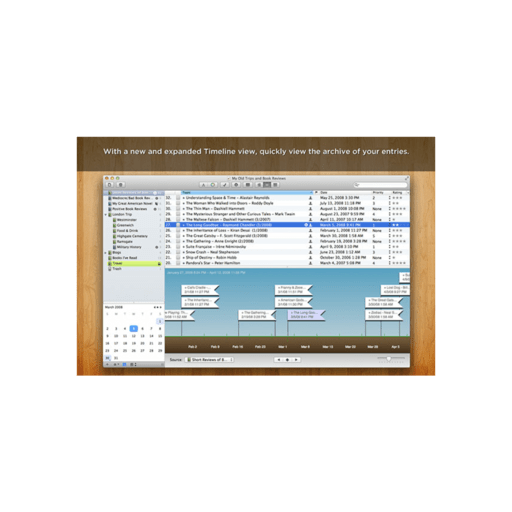

The Save command saves the master document and recomputes and saves only the members that have been modified since the last save operation.ĭisplays the alternate assembly members in a spreadsheet format.ĭisplays the currently selected alternate assembly member in a preview window. Recomputes and saves all the alternate assembly members. A dialog box displays to confirm that you want to discard the changes you have made. Restores the table to the previous saved configuration. Prints the table to a printer you specify. You can discard all changes since the last Save Changes action by clicking the Restore button. If I have people who use reports I produce, who arent Excel experts, what alternatives are there for drilling down into data as against using pivot tables Say, if I connect to an Access database with 300K+ records, listing drug prescriptions, and I summarise by drug category, but I want to drill-down to drug description, and finally patient. Saves the changes you have made to the table. To activate a member, click the column heading for the member you want, then click the Activate Member button. Updates the members based on changes you have made to the table.Īctivates the selected member in the graphic window. On Table Tools Design, select a Table Style. Create a table for use as a detail region. The new assembly document is a normal assembly that does not contain alternate assembly members. Format a Table with Alternate Row Colors (Word 2007/2010 only). You cannot delete the first member.ĭisplays the Save Member dialog box so you can create a separate assembly document for the active member. A dialog box is displayed to confirm you want to delete the active member. You can use the command buttons and shortcut menu commands to create, modify and display alternate assembly members.ĭisplays the New Member dialog box you can define the name of a new member.ĭeletes the active member. On Marketo Nation too much to be healthy.Displays the alternate assembly members in a spreadsheet format. Creator of FlowBoost for Marketo & of still-beloved ancient web apps. skip: The number of rows to remove in each iteration. offset: The number of rows to keep before starting iterations. Keeps the initial offset then alternates taking and skipping the following rows. Longtime love-hater of systems, protos, and languages. Table.AlternateRows(table as table, offset as number, skip as number, take as number) as table About. Sanford Whiteman's Picture Sanford Whiteman I always use the MathTool methods instead.

But the VTL parser is much stricter than Java’s, leading to hard-to-debug problems. Indeed, Java operators like % are semi-supported in Velocity as well. Few offer anything as flexible as AlternatorTool. Many template systems have macros for N = 2, like isOdd and isEven, built-in.
Alternote tables how to#
That’s it for Alternators for today! But I have another post ready to go on how to combine Iterators and Alternators for some advanced fun. Notice I only call getNext() once per iteration to advance to the next object in the List. #set( $rowColorScheme = $rowColorSchemes.getNext() )Įach HashMap has two keys, bg and fg. #foreach( $badge in $BadgesEarned_cList ) Values are like so: s – an ArrayList of LinkedHashMaps, technically – to AlternatorTool: #set( $rowColorSchemes = $alternator.manual([ Say you have a Badges Earned Custom Object ( $BadgesEarned_cList in Velocity) to store a lead’s community achievements. ← TEKNKL :: Blog Alternating table row colors in Velocityīy Sanford Whiteman Aug 2nd 2019 Tags: velocity, velocity-tools, modulo, content transformation, pushable


 0 kommentar(er)
0 kommentar(er)
